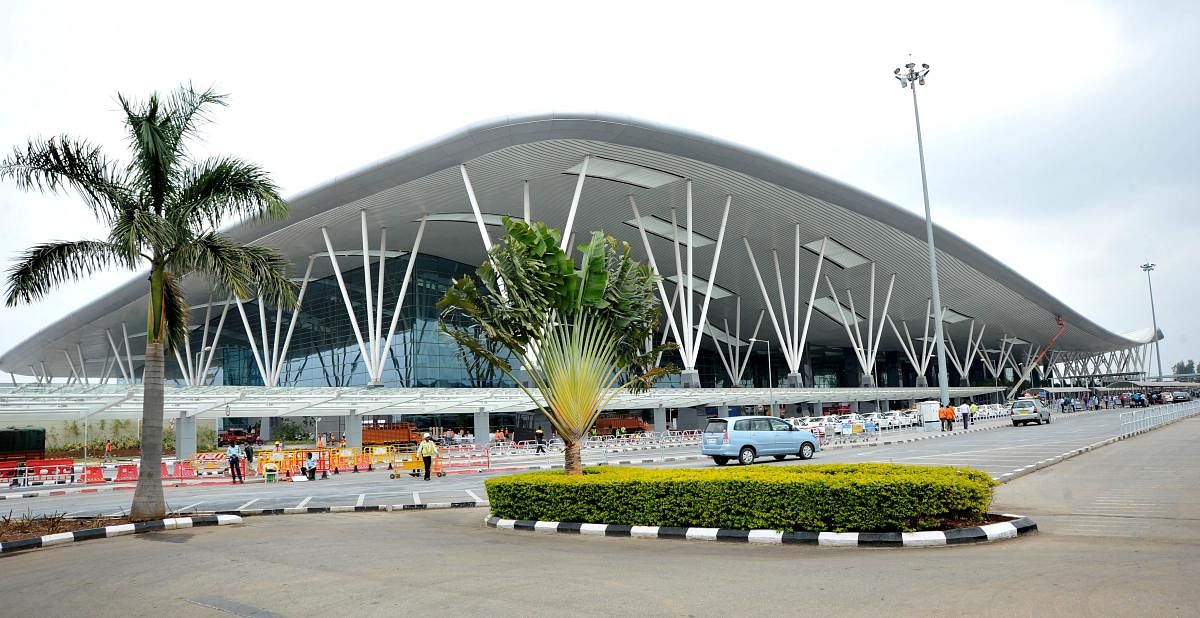
Since 2007, buoyed by the success of the Bengaluru International Airport, Karnataka approved 71 big-ticket infrastructure projects on public-private partnership (PPP). But, only six of them have taken off, signifying fundamental flaws in the government’s approach.
Authorities are now looking to address the gaps while PPP remains a go-to model for projects.
The recent legislature session saw several ministers promoting PPP. For instance, Health and Medical Education Minister K Sudhakar said the government wants to develop medical colleges and hospitals on PPP basis, while Deputy Chief Minister and Transport Minister Laxman Savadi is looking to onboard electric buses that would be operated on these lines.
Karnataka even has a comprehensive PPP Policy for Infrastructure Projects in place, launched in 2018 during H D Kumaraswamy’s regime.
“Post-pandemic, PPP is the way forward. When you talk about Atma Nirbhar, too, there is an emphasis on PPP,” additional chief secretary (infrastructure development) Kapil Mohan says.
“Until now, we were largely relying on state-sponsored schemes. Even though there is apprehension regarding PPP, the basic idea is to ensure services. It doesn’t matter who is providing it.”
The Bengaluru Suburban Rail project is one to look forward to on the PPP front, Mohan adds.
According to data made public by the Infrastructure Development Department, only six of the 71 PPP projects approved by the State Level Single Window Agency and the State High-Level Clearance Committee have seen completion to date.
The non-starters include PPP development of the Brundavan Gardens at KRS in Mandya district; Sports, Leisure & Recreational Centre on the outskirts of Bengaluru; inter-modal transit hubs among others.
What’s holding back these projects despite the government’s eagerness?
According to urban evangelist V Ravichandar, PPP projects don’t do well owing to “poor planning” on the government’s part in most cases.
“Often, it is left to the private party to run around and get clearances,” he says.
“In principle, PPP is good, but in practice, it becomes difficult if it’s not well thought out.” Land, for example, Ravichandar says is a problem area. “The government says land is available and later it turns out that there are legal issues,” he says, adding that any PPP needs “a lot of preparatory time”.
The government is making efforts in ensuring progress, Mohan says. The government has set up a PPP Cell in all the departments with a nodal person. The Karnataka State Industrial and Infrastructure Development Corporation Ltd (KSIIDC) has been beefed up to handhold contracts.
The success formula
What makes a successful PPP project then? Former additional chief secretary K Jairaj who was instrumental in materialising Bengaluru International Airport, India’s first greenfield airport on PPP model, said any PPP project should have the political will, a clear project design with transparency in the procedure and must meet the public requirement. He recalled that the BIAL project could succeed as it met all these criteria.
“There was strong political commitment. The project got momentum during former chief minister S M Krishna’s regime. His successor Dharam Singh also continued the project. There was a clear project design which did not fluctuate. The government land was available and they stuck to the decision of setting it up in that space. The partnership selection was done through international bidding,” he recalled, highlighting some of the factors that worked in the project’s favour.
According to the official, PPP is a good way for infrastructure development as it marries the requirement with the availability (which comes from the private sector.
Government officials agree there’s a lot of work to be done in making PPPs viable. According to one senior official, there is a lack of awareness among officials themselves. While they are often used to working with agencies and contractors, they find it difficult to work in a “partnership,” which is what PPP is all about.
“It requires skills to understand the legal framework when it comes to executing these contracts and an attitude change when it comes to working with companies,” the official explained.
“There are vested interests and lobbies ensuring the status quo, as they are unable to envision their role in a new system.”
